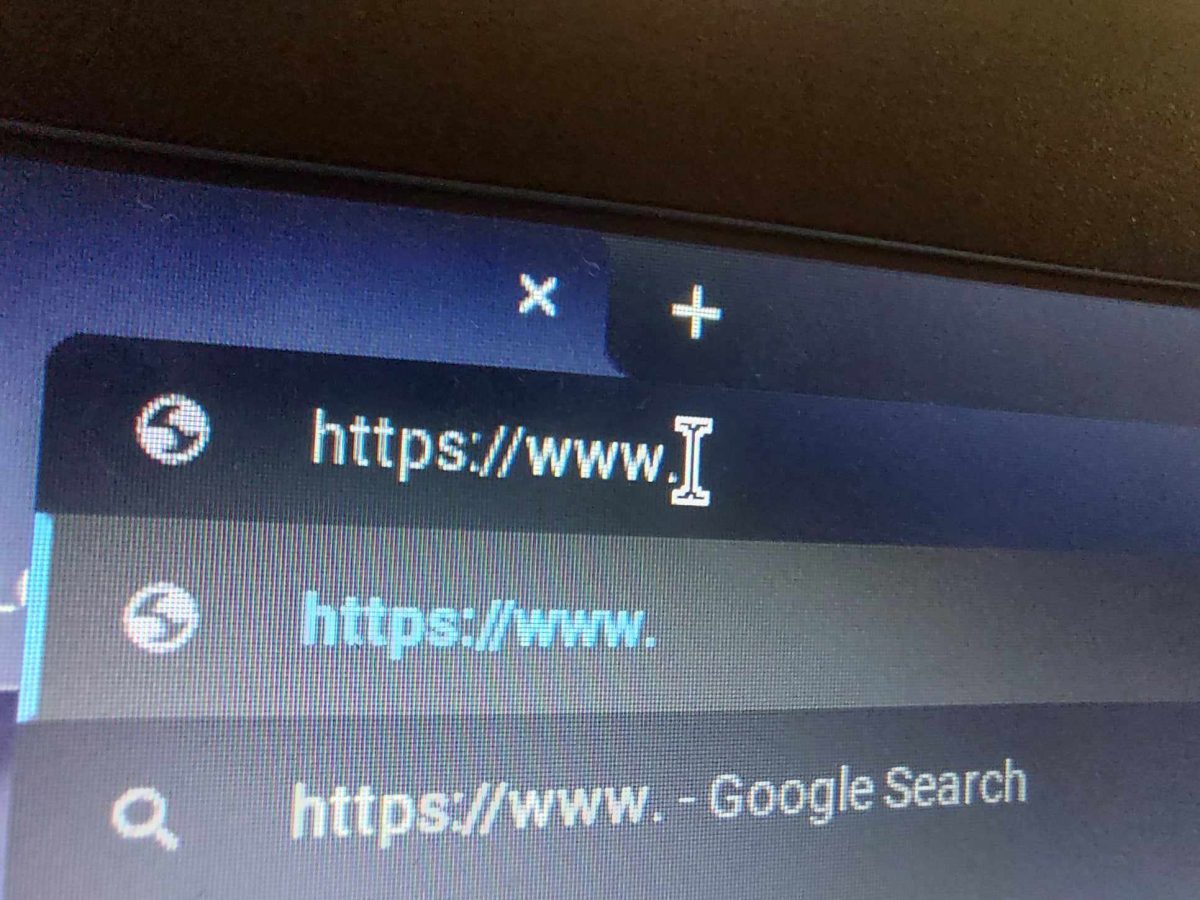Whether it be Snapchat, teenage chat-rooms, friend-making apps or other forms of social media, online safety is a major problem with teens. There are plenty of different online threats out there that can put you or someone else at risk of phishing, identity theft, exploitation, etc. Unfortunately, the online world has led to numerous accounts of suicide in teenagers. According to a study published in the National Library of Medicine, an analysis from the Pew Research Center, and the Social Media Victims Law Center, 10.4 out of 100,000 people from the ages of 10-24 have committed suicide and 13.6 % of attempts from the ages of 11-18 were due to being subject of dangers found online.
Cyberbullying: Bullying someone online can be easier for some people than saying hurtful or mean things to someone’s face. Hence, many tend to lean more towards cyberbullying. Cyberbullying can be seen in many different places; multiplayer video games, chat-rooms and social media are some of the most popular. Roblox is extremely prone to cyberbullying. Youtube videos of adolescents ‘bullying kids on Roblox,’ have gotten extremely popular. Youtuber, Flamingo, had a video posted with over 17 million views. His title for the video, “USING ROBLOX COMMANDS TO BULLY PEOPLE,” along with a catchy video thumbnail to draw in the views. While this video may be a joke and staged, Flamingo might have influenced his viewers to pull pranks or do the same thing to random real-life players.
Friend-making apps: You never really know who is truly behind the profile. While some apps will say they’re a “teenage only app,” online predators will find a way into the system. Wizz is a great example of an app “made for teens,” where users are still experiencing issues with online predators. According to NBC News, the app claims to be a ‘safe space’ for teens. The app has had over 14 million downloads since its debut in 2019.
Wizz shows what state you’re in, what your age is, your interests and a picture of you. You are put onto a feed, and people can swipe up if they are interested in you. You can also swipe up if you are interested in talking to someone. This accessibility could lead to online harassment.
Snapchat: Due to the massive amounts of data it collects, Snapchat is one of the most dangerous social media platforms out there. While it may be cool to have a snap-streak or fun filters, the app possesses functions such as location sharing, disappearing messages, personal information (such as what school you go to or how old you are), pressure to share/chat with people you don’t know, and others that can cause problems for users, especially if you are a minor. Some people on the app tend to add people randomly, and ask “wyll,” (what do you look like), which can cause more problems with online safety.
Teen-chat rooms: These chat rooms are filled to the brim with people who are definitely not teenagers. Research shows that around 47 percent of people in “teen-chat” rooms are not under 18, according to chegg.com. There are different websites in which you can access chat rooms, however, it isn’t recommended, due to the fact that you aren’t just talking to one person. Users tend to send their country/state of residence, age, and what they are looking for in chat rooms, therefore, teen-chat rooms are highly dangerous for teens just looking for friends.
Overall, being online can be extremely dangerous for anyone who has access to the internet. These online spaces have led to multiple suicides, exploitations, and other legal troubles. To avoid getting yourself into anything like that, trust no one that you haven’t met in person, and steer clear from trouble.





![Senior and Foreign Exchange Student, Alexandria [Sasha] Pavalache, poses happily for the camera.](https://fhsfalconer.com/wp-content/uploads/2025/11/HSWSvqEqu0Spt3QOytxhKNyg7oFrQjcHePZcAOeK-e1763132685150-800x1200.jpg)


